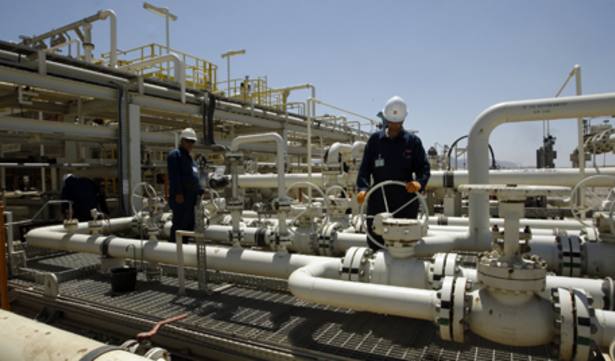High geopolitical risks remain
Source: Macrobond, Lyxor Asset Management
Supply and demand dynamics
Oil prices are determined by more unpredictable variables than other commodities, and so all forecasts should be taken with a huge pinch of salt, notes James de Bunsen, portfolio manager at Janus Henderson Investors.
Mr Bunsen explains most other commodities are largely determined by basic supply and demand dynamics – prices go up if demand grows or supply looks constrained, and vice versa – but oil literally fuels the global economy, and therefore, is of huge geopolitical importance.
“No other commodity can actually precipitate a global slowdown if prices get too high,” he adds.
“When analysing where oil prices might go from here we can take a view on these overarching geopolitical issues but they are, by nature, unpredictable.”
Therefore, it is important to concentrate on supply and demand, both in the short and long-term, and acknowledge that Opec, or even US President Donald Trump, could cause prices to vary significantly from fair value in the short to medium-term before fundamentals take over again, suggests Mr Bunsen.
While Mr Kumar adds: “Supply can go up and down depending on anything from technology to politics.
“Demand is the same – billions of retail consumers, millions of businesses, thousands of utility companies around the world.”
Gregory Perdon, co-chief investment officer at Arbuthnot Latham, observes the market looks relatively balanced and therefore predicts the prices are likely to be range-bound this year.
He says: “The supply/demand dynamic features heavily in oil price fluctuation – we see supply constraints, lower interest rates, Chinese stimulus and the receding risk of a trade war all as supportive factors for oil.”
While Mr Teschmacher adds: “In the shorter term we look at global economic activity and demand to determine our oil outlook.
“Chinese growth acceleration is a high conviction view of ours… this should support oil prices through 2019.”
However, Mr de Bunsen notes one should also take a view on where the US dollar is going as a strong greenback rarely coincides with an oil price rally; although this year has been an exception.
On the demand side, he says global activity data has undoubtedly been soft in recent months.
He explains: “This has, in no small part, been due to the China-US trade spat.”
Macroeconomic uncertainties
Mr Teschmacher continues: “Signs are that both sides want a deal (China because they are suffering a proper slowdown and the US because Mr Trump has at least one eye on the 2020 election), and if resolved this should help support a recovery in the demand side of the equation.”
Peter Elston, chief investment officer at Seneca Investment Managers, reiterates that while it is always dangerous to make short-term predictions, “if the recent fall in bond yields around the world genuinely reflects weakening economic growth, there may be more scope for the oil price to fall than rise this year”.







